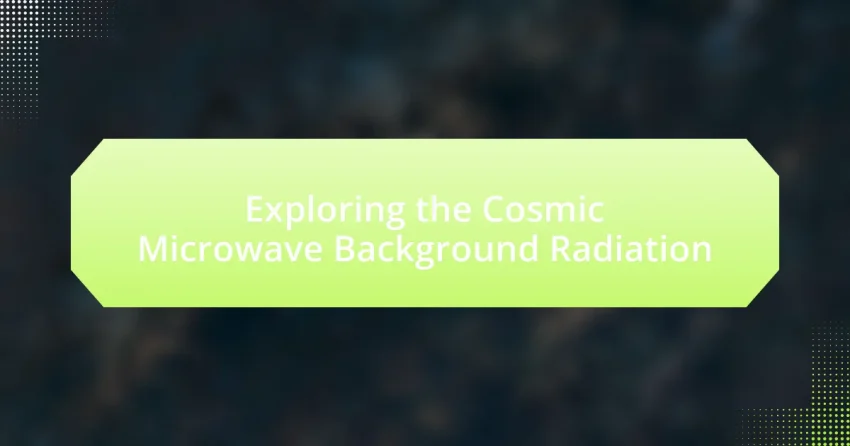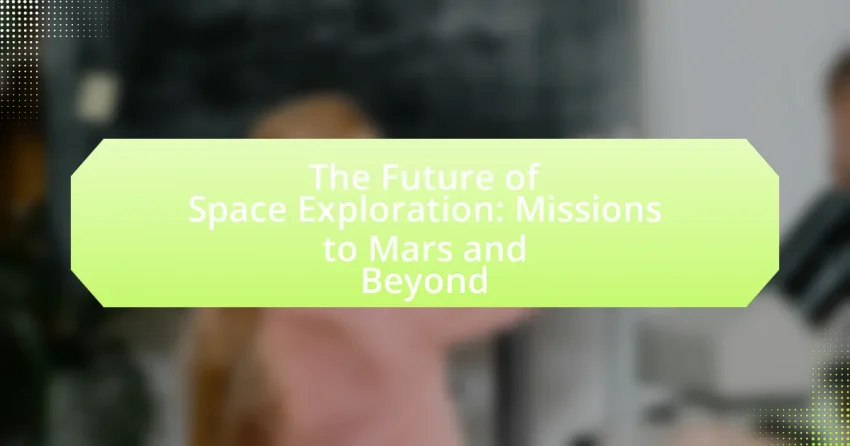Cosmic Microwave Background Radiation (CMB) is the remnant radiation from the Big Bang, providing critical evidence for the universe’s early conditions and supporting the Big Bang theory. Discovered in 1965 by Arno Penzias and Robert Wilson, CMB is characterized by its isotropy and a temperature of approximately 2.7 Kelvin. The article explores the significance of…
Astronomical Concepts
Welcome to the fascinating world of Astronomical Concepts! Here, you’ll discover a treasure trove of articles that unveil the mysteries of the universe. From the basics of celestial bodies to the complex theories of space-time, each piece is crafted to enrich your understanding. Whether you’re curious about black holes, galaxies, or the Big Bang, you’ll find engaging content that breaks down these ideas in an easy-to-understand way.
Our articles cater to newcomers and seasoned stargazers alike. You’ll learn about the tools astronomers use, the phenomena that shape our night sky, and the latest discoveries that expand our view of the cosmos. Dive in and explore concepts like light years, gravitational waves, and the life cycles of stars. Get ready to expand your horizons and ignite your curiosity about the universe in which we live!
The Significance of the Drake Equation in SETI
The Drake Equation, formulated by astronomer Frank Drake in 1961, is a probabilistic formula designed to estimate the number of active, communicative extraterrestrial civilizations in the Milky Way galaxy. It incorporates key variables such as the rate of star formation, the fraction of stars with planetary systems, and the likelihood of life developing on those…
The Science Behind Supernovae: Types and Impacts
Supernovae are explosive events marking the end of a star’s life cycle, playing a critical role in the universe by contributing to the formation of heavy elements, influencing galaxy dynamics, and serving as tools for measuring cosmic distances. This article explores the mechanisms behind supernovae, including core-collapse and thermonuclear explosions, and distinguishes between Type I…
The Future of Space Exploration: Missions to Mars and Beyond
The article focuses on the future of space exploration, particularly missions to Mars and beyond, highlighting advancements in technology and international collaboration. Key initiatives include NASA’s Artemis program, which aims to return humans to the Moon by 2024, and private companies like SpaceX developing reusable rocket technology. The article discusses the significance of Mars as…



